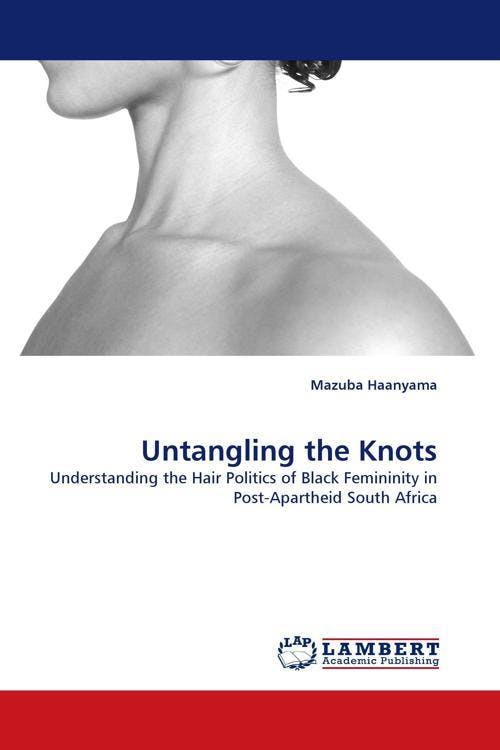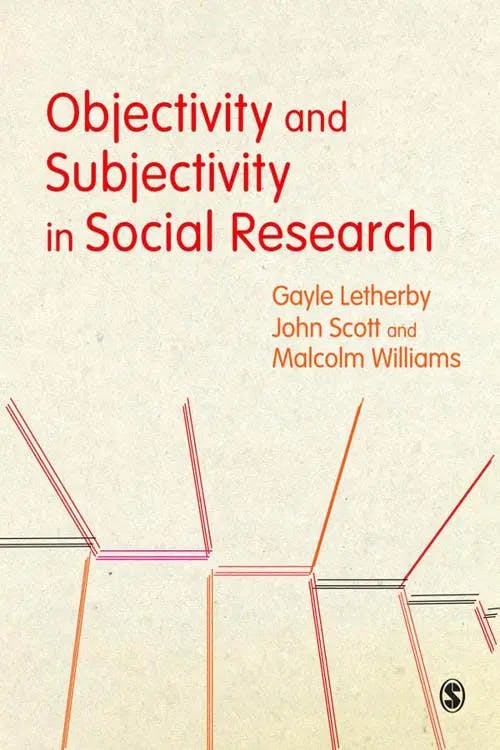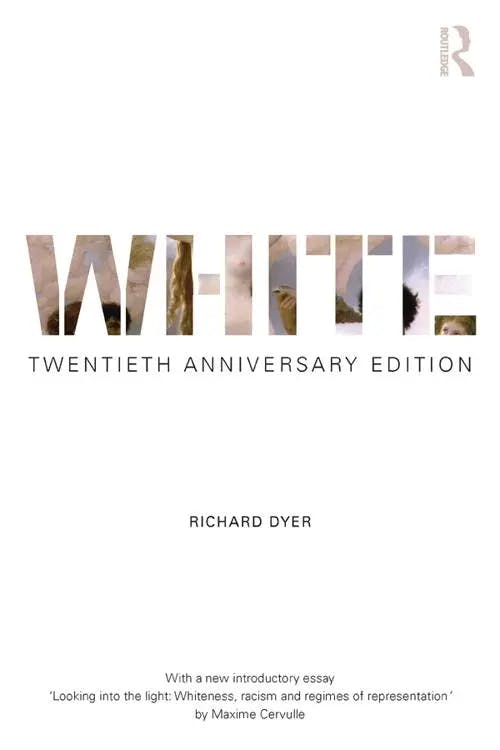What is Intersectional Feminism?
MA, Gender Studies (London School of Economics & Political Science)
Date Published: 12.03.2023,
Last Updated: 31.01.2024
Share this article
Defining intersectional feminism
Intersectionality was first coined and defined by Kimberlé Crenshaw in 1989 as “the various way[s] in which race and gender interact to shape the multiple dimensions of black women’s employment experiences.” (Crenshaw, 1989, 139). Crenshaw sought to explain how African-American women experience prejudice and discrimination at the intersection of two aspects of their identity; their race and their gender. Crenshaw argued that the lived experience of these women was not merely a sum of being African-American and women; instead, that a unique lived experience existed at the intersection of identities. Although arguments laying foundations for intersectionality date back to the 1960s and 1970s (Geerts & Van der Tuin, 2013, 171), intersectionality as a term arguably originates in Crenshaw’s work.
At its core, intersectional feminist theory & intersectional feminism aims to “[conceptualize] the relation between systems of oppression which construct our multiple identities and our social locations in hierarchies of power and privilege.” (Carastathis, 2014). To simplify, intersectional theory suggests that people experience marginalisation and discrimination because of social systems which determine value based on a person’s attributes; and that the intersecting (not simply the addition or subtraction) of these attributes lead people to experience differing levels and types of privilege or inequality.
It may serve us to visualise our aforementioned intersection: imagine a red line which overlaps with a blue line, creating an area in the middle where the two intersect. What exists in the middle is not “red plus blue”, merely stacked on top of eachother- it is purple. The combining of these characteristics creates a unique identity which is more than the sum of its parts. A good “real-world” example of how this intersection is visible in society is the existence of misogynoir; a term used to describe the ways in which Black women are discriminated against that goes beyond race and gender. For example, Black women are often deemed, or portrayed, as inherently more masculine than their white counterparts by mainstream contemporary society. A recommended reading on this subject is Untangling the Knots: Understanding the Hair Politics of Black Femininity in Post-Apartheid South Africa, which explores modern beauty standards through its affiliation with whiteness:
The racial connotations in this representation of feminine are embedded in the social fabric that understands beauty as being white. The process of being gendered […] is also racialised.
Mazuba Haanyama
The racial connotations in this representation of feminine are embedded in the social fabric that understands beauty as being white. The process of being gendered […] is also racialised.
As a consequence, Black women are discriminated against and publicly criticised for the aspects of their gender and race that supposedly situate them out of White female ideals.
Although Crenshaw chooses to utilise black women as her specific example of a marginalized group, intersectionality’s adaptability allows it to be applied to all individuals subject to ‘double-discrimination’; a form of discrimination unique in itself, instead of “the sum of race and sex discrimination” (Crenshaw, 1989, 149). This is just one example of a form of discrimination that hinges on the presence of more than one protected characteristic.
Protected characteristics (under the UK Equality Act 2010) are defined as follows:
- Age
- Disability
- Gender reassignment (UK law at this time does not include nonbinary identities under this definition)
- Marriage or civil partnership (protected under the Equality Act in the context of employment only)
- Pregnancy and maternity
- Race
- Religion or belief
- Sex (physical sex characteristics)
- Sexual orientation.
(Note: the UK Equality Act 2010 is not considered a fully comprehensive list of protected characteristics, and prominent legal scholars have condemned the UK government’s “ongoing failure to include socio-economic status as a legally protected characteristic at a time of growing economic inequality”, suggesting that this “casts doubt on whether the protected characteristics align with the most significant axes of discrimination in the UK today.” (Malleson, 2018).)
According to intersectional feminism, the aim of researchers or scholars should never be to quantify the human experience, or ‘homogenise’ it (e.g. suggesting all people from a particular background share the same experience of the world). Intersectional feminist theory instead argues that privilege and marginality cannot, and should not, be measured or quantified in this manner. Moreover intersectional feminism addresses one of the key criticisms aimed at certain historical waves of feminism (namely second-wave), which was deemed to be a feminist rhetoric that really only considered or represented white middle class individuals of the Western world. Intersectional feminism aims to right these oversights by extracting feminist theory from purely white-middle class perspectives.
How is intersectionality related to feminism?
Intersectionality’s emergence from feminist thought can largely be explained by trends which emerged in second-wave feminism in the mid to late 1900s; trends where women’s equality movements became fractured along the lines of race and social class. Margins between the rights of white women and women of colour (to use a very broad term) which became evident during this movement included access to voting, access to healthcare and education and access to employment, to name a few examples. Feminist scholars (such as Crenshaw) sought to explain how the value of women and womanhood seemed, at least in Western culture at the time, to be contingent on these other factors of identity beyond simply gender.
The critical discussion surrounding the concept of intersectionality initially arose in the late 1980s, with the intersectional feminist approach demanding a higher (albeit less quantifiable) standard for researchers and scholars, departing from the long-established positivism present in the interpretation of scientific and political knowledge and research. Positivism is best described as a philosophical system which recognizes only that which can be scientifically verified or which is capable of logical or mathematical proof. This philosophical system has been increasingly deemed by scholars of the social sciences as incompatible with the study and interpretation of the human experience(s), on the grounds of how intersecting characteristics of researchers often inform research without complete conscious awareness of the impact. As Letherby, Scott & Williams wrote in Objectivity and Subjectivity in Social Research (2012):
The rise of second-wave feminism from the 1970s involved a number of writers who stressed gender divisions and the consequent male and female standpoints from which experiences necessarily inform knowledge construction.
Gayle Letherby, John Scott, Malcolm Williams
The rise of second-wave feminism from the 1970s involved a number of writers who stressed gender divisions and the consequent male and female standpoints from which experiences necessarily inform knowledge construction.
The key phrase here is “knowledge construction”; second-wave feminist academia sought to challenge what was considered ‘known’ or ‘factual’ in the field of social science research; a field long-dominated by White, male, middle class scholars whose lived experiences may have informed a more limited view of what was ‘known’ or ‘unknown’ about systems of social power. (For more, see our guide on feminist epistemology.)
Why is intersectionality important?
Crenshaw’s criticism of “the sum of race and sex discrimination” has been referred to before as the additive method, or ‘additive separability’; at its core, the issue with this approach is that it “presumes that the categories are static and that the relationship between them is predetermined” (Hancock, 2007, 70). This can sound intimidating- but when we break it down, the issue we have here is that, from law to psychology, there is a practice of assuming how characteristics like race affect gender, how gender affects social class, how social class affects sexuality, and so on. Here’s a good example of why this is an issue:
A study conducted in Australia by Bastos et Al (2018) wanted to look into how race and socioeconomic status both affected a person’s access to healthcare, intersectionally. Previous research had shown that being a racial minority adversely impacted healthcare access, as did being a person from a low socioeconomic status background. If we were to run this as a maths equation, we might expect that being a racial minority and being of low socioeconomic status would come together to mean a person would amount to significantly less healthcare access than for a person who was White and of low socioeconomic status or a racial minority of high socioeconomic status. However, what was found is that race was the strongest determining factor and that socioeconomic status, when combined with race, was not statistically significant. To break that down, this means that whilst White individuals did have reduced healthcare access if they were of low socioeconomic status compared to their high socioeconomic status White peers, low socioeconomic status did not significantly reduce the healthcare access of individuals who were a racial minority, compared to their high socioeconomic status peers who were also a racial minority in Australia.
This example demonstrates how understanding the ways in which parts of our identities and social status influence and impact one another is more than just assigning a numerical value to a person’s “privilege” or “oppression”; it is a field of study in itself, which seeks to understand and explain these various complex relationships and influences.
An example of intersectionality in contemporary society
Intersectionality in contemporary society is visible both in how intersectional identities are subject to discrimination, as well as in how some of these identities have increased access to various layers of socioeconomic privilege. For example, we see higher rates of White, middle class women in NGOs than any other demographic in this sector. In these circumstances, the experiences of these women are often treated as ‘universal’ by the organisations for whom they work, and can lead to women of colour from less affluent backgrounds being overlooked (de Jong, 2009). This world view and lived experience that is being extended to represent all women is formed through whiteness, which often ties into and partially but not fully explains their middle class status- and then their position as women, meeting a certain level of gender diversity criteria within the organisation, ensures they are more likely to secure a role within a non-governmental organisation. This relationship between race and class is effectively explored and analysed in Richard Dyer’s White (2017). In writing on the subject of how labour informs class and thus informs perception of race based on skin tone, Dyer states that:
Gender differentiation is crossed with that of class: lower-class women may be darker than upper-class men;to be a lady is to be as white as it gets.
Richard Dyer
Gender differentiation is crossed with that of class: lower-class women may be darker than upper-class men;to be a lady is to be as white as it gets.
There is nothing inherently moral or amoral about a person being white, female and middle class – but it is insightful how all three of these characteristics informing one another create a perceived identity which a) is considered appropriate for NGO work and meets the relevant hiring criteria pertaining to (predominantly) gender and b) risks creating an over saturation of one community in an organisation. de Jong explores this in Intersections of Aid: Women NGO workers’ reflections on their work practices, stating that NGOs “can display blind spots in the lack of acknowledgement of other systems of power”, and found that when working with employees of said organisations, “this group of women was internally heterogeneous, in terms of their nationality, age, ethnicity, career trajectory etc.” (2009). In assessing these women’s perceptions of their own identity and social status, de Jong also suggests that “for white women the only apparent options concerning their attitude towards race was ‘either one does not have anything to say about race, or one is apt to be deemed ‘racist’ simply by virtue of having something to say’”. As a consequence of these factors, the experiences of women of colour and working class women are overshadowed in these spaces, due to a focus on gender equality often being upheld on the conditions of its severance from other characteristics, such as class and race.
Intersectionality is never just about diversity. It is also about who we perceive to represent a social group, and how this impacts the welfare and opportunities available to those whose identities involve more complex intersections of privilege, marginality and invisibility.
Prominent writers & theorists of intersectional feminism
Although intersectionality as a term was coined by and is best known through Kimberlé Crenshaw and her works, there are a number of prominent scholars in the fields of Critical Race Theory, Queer Theory and beyond who have contributed to the development of intersectionality into a field of study and even a facet of progressive research methodology. Patricia Hill Collins’ Intersectionality as Critical Social Theory is considered seminal reading on the subject which both outlines the valuable application of Intersectional Theory whilst also acknowledging its pragmatic limitations and challenges.
The writings of civil rights activist and feminist scholar Audre Lorde also contributed significantly to contemporary understanding of how intersectional feminism seeks to challenge and dismantle systems of power in which racism, homophobia and other forms of bigotry and discrimination have shared motivations and impacts on marginalized communities. One final essential text which paved the way for Intersectional Feminist studies in mainsteam academia is the incomparable Ain’t I a Woman? Black Women and Feminism, by queer author and activist bell hooks; an arrestingly compelling and emotive exploration of the devaluation of Black womanhood in Western society. If you’re also looking for an accessible introduction to feminist theory in general, Feminism Is for Everybody is another outstanding publication of hooks’.
If you would like to read and learn more about Intersectional Feminism, as well as Intersectional Theory more broadly, please find some further suggested reading and resources below.
Further Intersectionality Resources & Reading on Perlego
- Seeing Race Again: Countering Colorblindness across the Disciplines by Kimberlé Williams Crenshaw
- Race, Gender and The Activism of Black Feminist Theory by Suryia Nayak
- The Politics of Belonging: Intersectional Contestations by Nira Yuval-Davis
- Posthuman Feminism by Rosi Braidotti
- Feminism, Capitalism and Critique: Essays in Honor of Nancy Fraser by Banu Bargu & Chiara Bottici
- Gender Norms & Intersectionality by Riki Wilchins
External Learning Resources
- https://www.youtube.com/watch?v=ROwquxC_Gxc – An interview with Kimberlé Crenshaw from Lafayette College on the topic of Intersectional Feminism
- https://www.youtube.com/watch?v=akOe5-UsQ2o – A TED talk from Kimberlé Crenshaw, entitled ‘The urgency of Intersectionality’
- Intersectional Feminism: What it means and why it matters right now – A UN article which helpfully summarises the importance of Intersectional Feminism in the 21st century
- https://plan-international.org/girls-get-equal/how-to-be-an-intersectional-feminist/ – Phuong Anh, 23, from Hanoi on what intersectional feminism means to girls and women in Vietnam
- https://warwick.ac.uk/fac/arts/history/students/modules/hi31x/programme/intersectionality/ – Warwick University’s module on ’21st Century Feminism and Intersectionality’, which includes a helpful suggested reading list
- https://www.actionaid.org.uk/about-us/people-and-culture/how-we-practise-feminism-at-work – How to practice (intersectional) feminism at work, an article by Action Aid
What is Intersectional Feminism in simple terms?
Who coined the term 'Intersectionality'?
Why is Intersectional Feminism important?
Bibliography
Bastos, J. L., Harnois, C. E., & Paradies, Y. C. (2018). Health care barriers, racism, and intersectionality in Australia. Social Science & Medicine, 199, 209-218.
Carastathis, A. (2014). The concept of intersectionality in feminist theory. Philosophy compass, 9(5), 304-314.
Crenshaw, K. (1989). Demarginalizing the intersection of race and sex: A black feminist critique of antidiscrimination doctrine, feminist theory and antiracist politics. U. Chi. Legal F., 139-149.
Crenshaw, K. (1991). Mapping the margins: Intersectionality, identity politics, and violence against women of color. Stanford law review, 1241-1299.
de Jong, S. (2009). Intersections of Aid: Women NGO workers’ reflections on their work practices.
Dyer, R. (2017).White(2nd ed.). Taylor and Francis.
Geerts, E., & Van der Tuin, I. (2013). From intersectionality to interference: Feminist onto-epistemological reflections on the politics of representation. In Women’s Studies International Forum (Vol. 41, pp. 171-178). Pergamon.
Haanyama, M. (2011).Untangling the Knots(1st ed.). LAP LAMBERT Academic Publishing.
Hancock, A. M. (2007). When multiplication doesn’t equal quick addition: Examining intersectionality as a research paradigm. Perspectives on politics, 5(01), 63-79.
Letherby, G., Scott, J., & Williams, M. (2012). Objectivity and Subjectivity in Social Research (1st ed.). SAGE Publications.
Malleson, K. (2018). Equality law and the protected characteristics. The Modern Law Review, 81(4), 598-621.
MA, Gender Studies (London School of Economics & Political Science)
Georgie Williams is a deferred doctoral student in the field of Social Justice at University College Dublin and founder of gender & sexuality research hub, /Queer. Georgie’s research predominantly focuses on the development of gender and sexuality related social practices in post-colonial countries and the application of reflexive feminist methodologies to anthropological and sociological field research.



